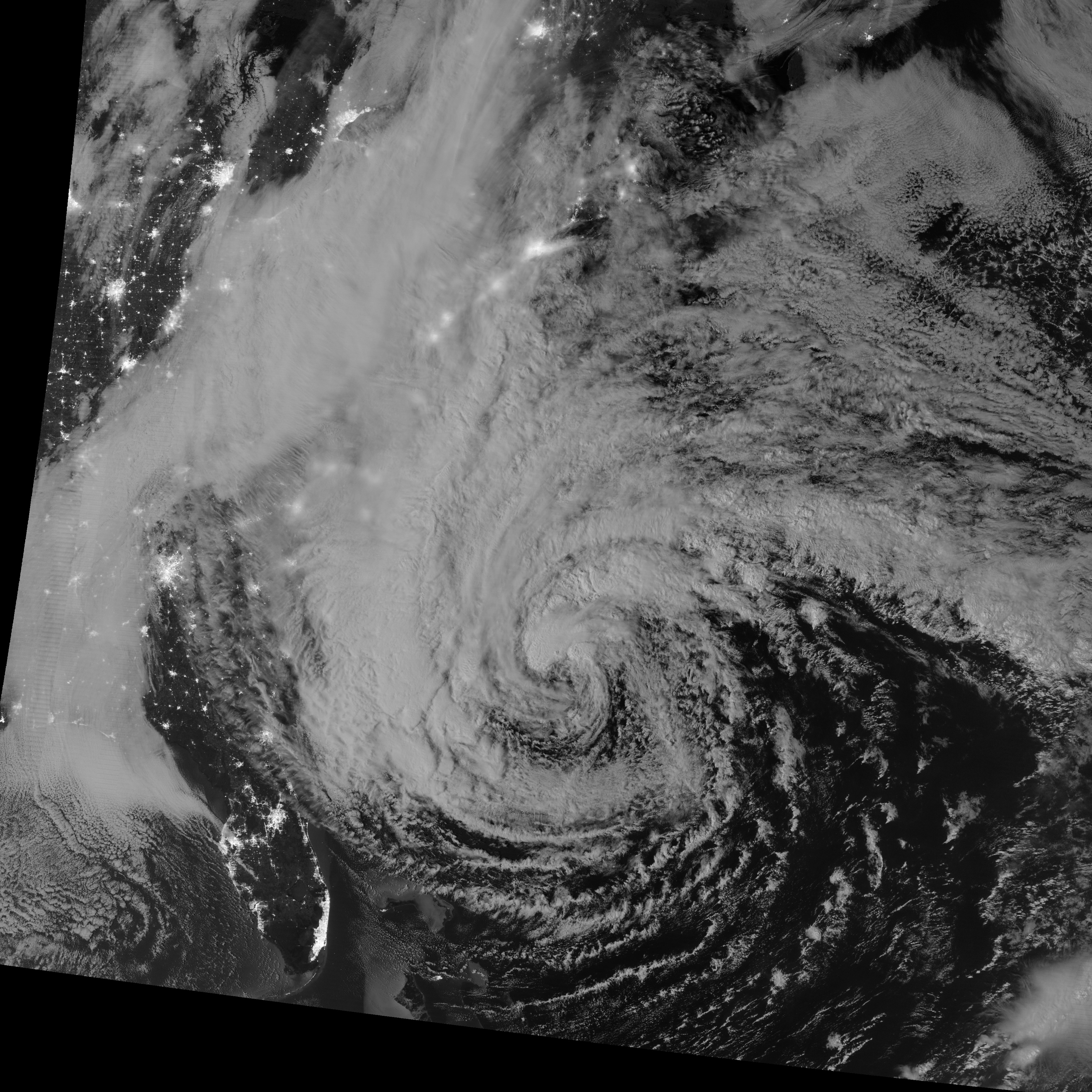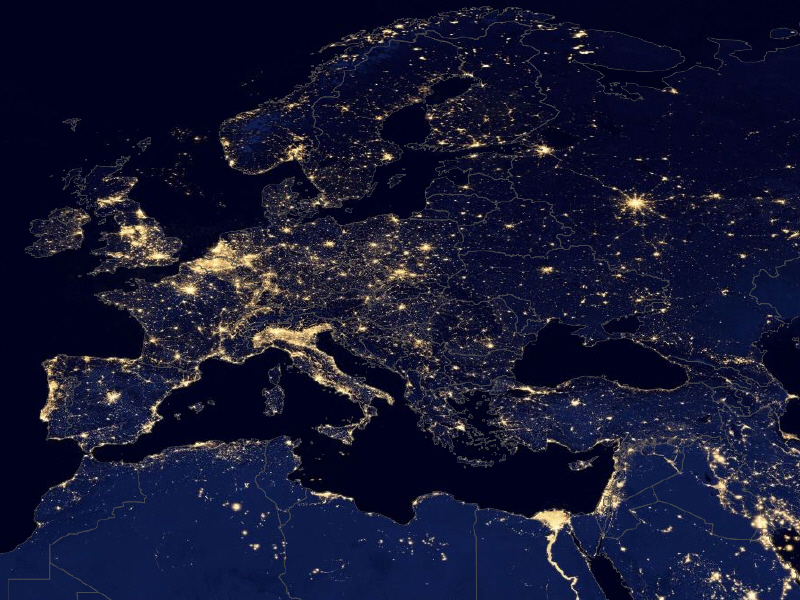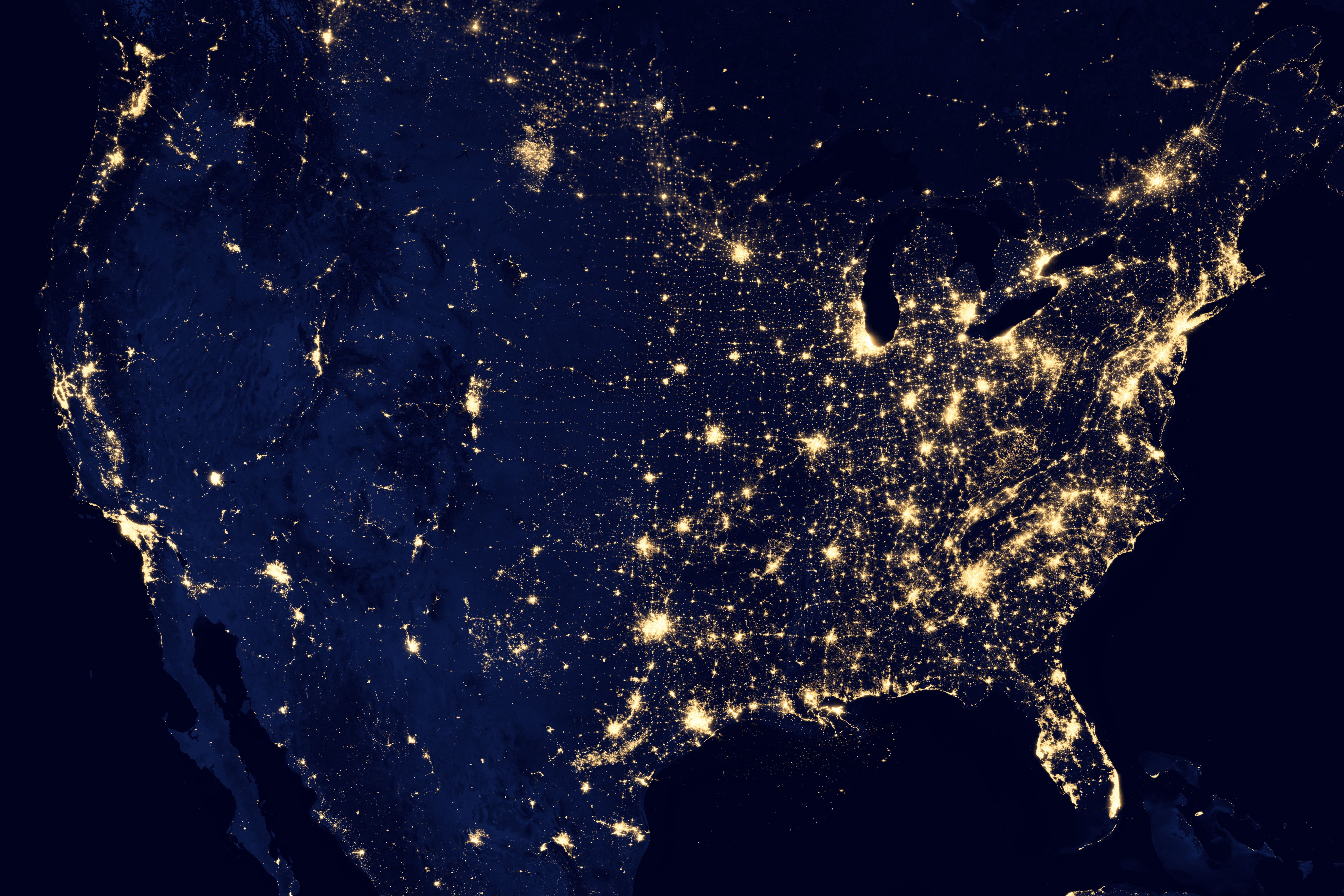All images via NASA Earth Observatory/NOAA NGDC/Suomi NPP
From single pinpricks of light to networks of glowing galaxies, planet Earth glitters at night, reveals a new global composite image built using cloud-free night images from a new NASA and National Oceanic and Atmospheric Administration (NOAA) satellite.
Scientists have unveiled what US space agency NASA has called an unprecedented look at planet Earth at night, showing the glow of natural and human-built phenomena across the planet in detail.
With a new sensor on board the NASA-NOAA Suomi National Polar-orbiting Partnership (NPP) satellite launched last year, scientists can now observe Earth’s atmosphere and surface during night-time hours and use the information they obtain to help forecast weather conditions for airports, as just one example.
The new sensor, the day-night band of the Visible Infrared Imaging Radiometer Suite (VIIRS), is able to detect a more complete view of storms and other weather conditions, such as fog, that are difficult to pick up with infrared, or thermal, sensors. Night is also when many types of clouds begin to form and the sensor can capture images on nights with or without moonlight.
The new images are providing researchers with data for various previously unseen or poorly seen events. For instance, the day-night band observed Hurricane Sandy, illuminated by moonlight, making landfall over New Jersey on the evening of 29 October. Night images also showed the widespread power outages after the storm.

Overnight view of Hurricane Sandy approaching the east coast of the US
“For all the reasons that we need to see Earth during the day, we also need to see Earth at night,” said Steve Miller, a researcher at NOAA’s Colorado State University Cooperative Institute for Research in the Atmosphere. “Unlike humans, the Earth never sleeps.”
The day-night band produces an image by repeatedly scanning a scene and resolving it as millions of individual pixels, NASA said. Then, the day-night band reviews the amount of light in each pixel. If it is very bright, a low-gain mode prevents the pixel from oversaturating. If the pixel is very dark, the signal is amplified.
“It’s like having three simultaneous low-light cameras operating at once and we pick the best of various cameras, depending on where we’re looking in the scene,” Miller said.

Europe and North Africa sparkle in darkness

The United States twinkle at night
Watch a video that provides a narrated tour of some highlights of the new Suomi NPP Earth at night imagery here:
Video courtesy of NASA’s Goddard Space Flight Center